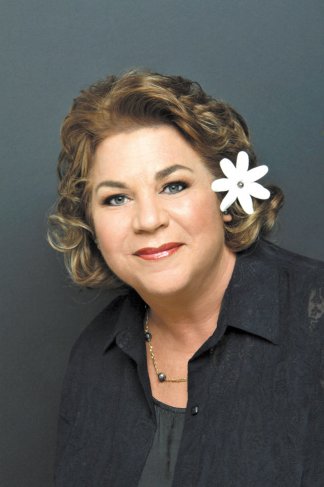Learning With Dyslexia
Margarette P.M. Pang
Dyslexia specialist at Dyslexia Tutoring Center of Hawaii
How long have you been working in the field of dyslexia?
I have more than 25 years of experience in the field of dyslexia. I started advocating for children in 1992. In 2003, I founded Dyslexia Screening Center of Hawaii, and in 2004 I opened Dyslexia Tutoring Center of Hawaii. I am a dyslexia specialist conducting screening, consulting and training, as well as a certified tutor in the Barton system specializing in dyslexia.
What got you interested in the field of dyslexia?
I overcame my dyslexia so that other children, like my own, would not have to go through the same humiliation, frustration and shame I did as a result of my learning disability. My passion in life is to educate others and help them understand dyslexia.
What is dyslexia?
A simple definition is that dyslexia is an inherited condition that makes it extremely difficult to read, pronounce words, write and spell in your native language, despite at least average intelligence. Dyslexia is not due to either lack of intelligence or desire to learn. With appropriate teaching methods, individuals with dyslexia can learn successfully.
Does it only manifest in difficulty with language?
Dyslexia impacts many different things related to language, such as speech. Kids with dyslexia often say sounds in the wrong sequence in longer words, such as: aminal, bisghetti, hopspital, hekilopter ― and have trouble saying words like “cinnamon.” Adults with dyslexia have trouble saying words like “aluminum,” “specific” and even the word “dyslexia” itself ―
children don’t often use those words.
Dyslexia also causes lifelong confusion over directionality words: left-right, before-after, over-under, greater than less than, north-south-east-west, etc. It causes great difficulty memorizing rote random facts, such as multiplication tables, states and their capitals, the names of coins and their values, and memorizing “illogical” sequences such as the sequence of the alphabet, the letters in your last name or the months of the year.
Early warning signs of dyslexia are that the person can’t create words that rhyme. They have terrible spelling, constantly confuse left versus right, can’t sound out unknown words and have letter or number reversals continuing past the end of first grade. They have confusion with b and d, p and q, or m and n, and trouble memorizing their address, phone number or alphabet. They often can’t remember sight words (they, were, does) or homonyms (there, their, they’re), and their written expression is far inferior to their verbal skills.
Are people born with dyslexia?
Yes, it is inherited.
Is it treatable?
Not with medication. There is no cure, but with the right type of proven, research-based programs done by qualified teachers and tutors, their reading, spelling and writing skills can improve greatly. But they will always be dyslexic ―
thank goodness! A high percentage of people with dyslexia tend to be incredibly gifted in art, music, athletics, science, medicine, building or designing things, and have outstanding people skills. Dyslexia is not all bad news. It comes with incredible gifts too.
Anything else you’d like to add about dyslexia?
1) Dyslexia is the leading cause of reading failure and school dropouts in our nation. Children do not outgrow reading struggles caused by dyslexia, so waiting is the worst thing you can do. Reading failure is the most commonly shared characteristic of juvenile justice offenders.
2) Common myth No. 1: Dyslexia means you see things backward. Fact: It is not a vision problem, which is why vision therapy doesn’t help individuals with dyslexia. Yes, they confuse “b” and “d” and “was” and “saw,” but not because they are seeing it backward. It has a lot to do with directionality confusion ― people with dyslexia confuse left and right a lot ― and auditory processing problems. But it has nothing to do with their eyes. They do not see backward. They see things the same way you and I do.
3) Common myth No. 2: This child can’t have dyslexia because this child can read. Fact: Everyone with dyslexia can read … up to a point.
4) Common myth No. 3: Dyslexia is rare. Fact: Dyslexia is not rare. According to the latest research, dyslexia impacts one out of five people in this country. Dyslexia is the most common reason a bright child struggles first with spelling, then with written expression and penmanship, and eventually hits the wall in reading development.
5) Some famous dyslexics: Tom Cruise, Keira Knightly, Whoopi Goldberg, Keanu Reeves, Babe Ruth, Walt Disney, George Washington, John F. Kennedy, Thomas Edison, Alexander Graham Bell, Henry Ford, Agatha Christie, Steven Spielberg, Magic Johnson, Leonardo da Vinci, Pablo Picasso, George H. W. Bush, George W. Bush and Albert Einstein.
Dyslexia Tutoring Center of Hawaii celebrates its 10th anniversary with a fundraising party Oct. 12, during national Dyslexia Awareness Month. For more information on the anniversary or on dyslexia in general, call 676-5515.






